Dental pulp of the third molar: a new source of pluripotent-like stem cells
Abstract
Dental pulp is particularly interesting in regenerative medicine because of the accessibility and differentiation potential of the tissue. Dental pulp has an early developmental origin with multi-lineage differentiation potential as a result of its development during childhood and adolescence. However, no study has previously identified the presence of stem cell populations with embryonic-like phenotypes in human dental pulp from the third molar. In the present work, we describe a new population of dental pulp pluripotent-like stem cells (DPPSCs) that were isolated by culture in medium containing LIF, EGF and PDGF. These cells are SSEA4+, OCT3/4+, NANOG+, SOX2+, LIN28+, CD13+, CD105+, CD342, CD452, CD90+, CD29+, CD73+, STRO1+ and CD1462, and they show genetic stability in vitro based on genomic analysis with a newly described CGH technique. Interestingly, DPPSCs were able to form both embryoid-body-like structures (EBs) in vitro and teratoma-like structures that contained tissues derived from all three embryonic germ layers when injected in nude mice. We examined the capacity of DPPSCs to differentiate in vitro into tissues that have similar characteristics to mesoderm, endoderm and ectoderm layers in both 2D and 3D cultures. We performed a comparative RT-PCR analysis of GATA4, GATA6, MIXL1, NANOG, OCT3/4, SOX1 and SOX2 to determine the degree of similarity between DPPSCs, EBs and human induced pluripotent stem cells (hIPSCs). Our analysis revealed that DPPSCs, hIPSC and EBs have the same gene expression profile. Because DPPSCs can be derived from healthy human molars from patients of different sexes and ages, they represent an easily accessible source of stem cells, which opens a range of new possibilities for regenerative medicine.
Document Type
ArticleDocument version
Accepted versionLanguage
English
CDU Subject
616.3 - Pathology of the digestive system. Complaints of the alimentary canal
Subjects and keywords
Polpa dental; Dental pulp; Pulpa dental; Cèl·lules mare; Stem cells; Células madre; DPPSC; CGH technique
Pages
14-24
Publisher
Company of Biologists
Collection
125; 14
Version of
Journal of Cell Science
Rights
http://creativecommons.org/licenses/by-nc-nd/4.0/
Attribution-NonCommercial-NoDerivatives 4.0 International
This item appears in the following Collection(s)
Articles de recerca [2325]

